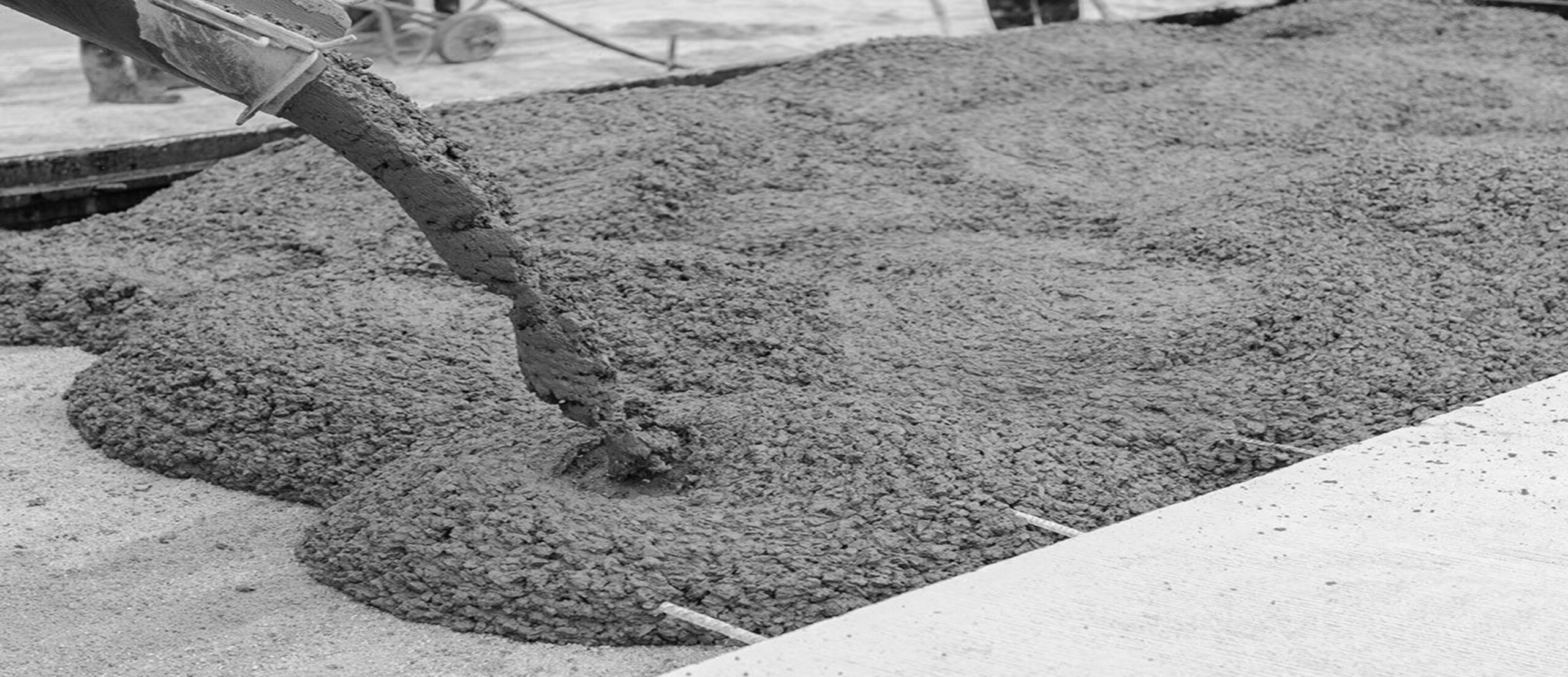Ultimate Guide to Different Types of Concrete – A Detailed Guide
Introduction to Concrete
Concrete is a basic building material due to its durability and versatility. Cement, water, and aggregates comprise its composition; admixtures occasionally improve particular qualities. Concrete’s strength, affordability, and ease of use make it an indispensable material in the building industry. Understanding different types of concrete is crucial, and we are writing this article to provide all the relevant information.
Types of Concrete Based on Composition
1). Plain Concrete
Composed of cement, water, and aggregates, this is the most basic type of concrete. It is employed in non-structural applications where little strength is required.
2). Reinforced Concrete
This kind of concrete, which is reinforced with steel bars or mesh, has a higher tensile strength and is, therefore, appropriate for structural components like slabs, columns, and beams.
3). Pre-stressed Concrete
Pre-stressing increases the concrete’s strength and resistance to cracking by applying compressive stresses before it is subjected to loads.
Types of Concrete Based on Strength
1). High-Strength Concrete
High-strength concrete used in high-rise buildings, bridges, and other constructions where strength is crucial because it is designed to handle larger compressive stresses.
2). Normal-Strength Concrete
The most widely used type of concrete is normal-strength concrete, which provides sufficient strength for most construction applications.
3). Low-Strength Concrete
Often used for non-load-bearing walls or backfill, low-strength concrete is made for situations where structural requirements are limited.
Types of Concrete Based on Functionality
1). Lightweight Concrete
Adding lightweight particles, like shale or expanded clay, gives this kind of concrete better thermal insulation and a lower density.
2). Heavyweight Concrete
Suitable for nuclear plants or counterweights, heavyweight concrete offers improved density and radiation shielding properties through the use of dense materials like barite or magnetite.
3). Self-Consolidating Concrete
Also referred to as self-leveling concrete, this kind requires no vibration to flow readily into formwork, guaranteeing even distribution and better surface quality.
Specialized Types of Concrete
1). Concrete Reinforced with Fiber
Fiber-reinforced concrete has higher toughness and crack resistance because it is reinforced with short, distinct fibers made of steel, glass, or synthetic materials.
2). Shotcrete
Due to its outstanding bonding capabilities and rapid application speed, shotcrete finds frequent use in tunnel linings, swimming pools, and slope stabilization. Operators apply it using a high-velocity pneumatic nozzle.
3). Polymer Concrete
Using aggregates and additives in combination with polymer resins, polymer concrete provides improved chemical resistance, durability, and aesthetic adaptability, making it ideal for specialized uses such as marine constructions and industrial flooring.
Applications of Different Types of Concrete
Concrete, widely used in various construction applications, such as infrastructure, commercial, and residential projects. Thanks to its flexibility in various environments and loads, it is used to construct walls, pavements, bridges, dams, and much more.
Benefits and Drawbacks of Various Types of Concrete
The benefits and drawbacks of each concrete form must be carefully considered when making your choice. The best kind of concrete for a given application depends on several factors, including cost, strength, durability, and environmental impact.
Concrete’s Sustainability
Despite being a very strong and long-lasting material, manufacturing concrete negatively impacts the environment due to resource depletion and carbon emissions. But developments in sustainable concrete technology—like the use of substitute binders, recycled materials, and carbon capture methods—are easing these worries and opening the door to a more environmentally conscious building sector.
Conclusion
In conclusion, contractors, architects, and engineers working on building projects must comprehend the various varieties of concrete and their unique qualities. They can guarantee the performance and endurance of their constructions while reducing their negative effects on the environment by choosing the proper type of concrete based on certain requirements and limits.
FAQs
Which kind of concrete works best for building homes?
For most residential applications, normal-strength concrete usually suffices, providing a good mix of performance and affordability.
What are lightweight concrete’s primary disadvantages?
In some structural applications, lightweight concrete may not be as strong as standard concrete due to its reduced compressive strength.
What distinguishes reinforced concrete from pre-stressed concrete?
While reinforced concrete depends on embedded steel reinforcing for increased strength, pre-stressed concrete experiences pre-compression to offset tensile pressures.
Is it possible to utilize polymer concrete outside?
Yes, polymer concrete can be used outdoors in difficult climates due to its strong resistance to environmental influences.
What are the steps to improve concrete construction’s sustainability?
Some tactics to increase the sustainability of concrete buildings include using carbon capture and utilization technologies, lowering the amount of cement used, and incorporating recycled aggregates.



